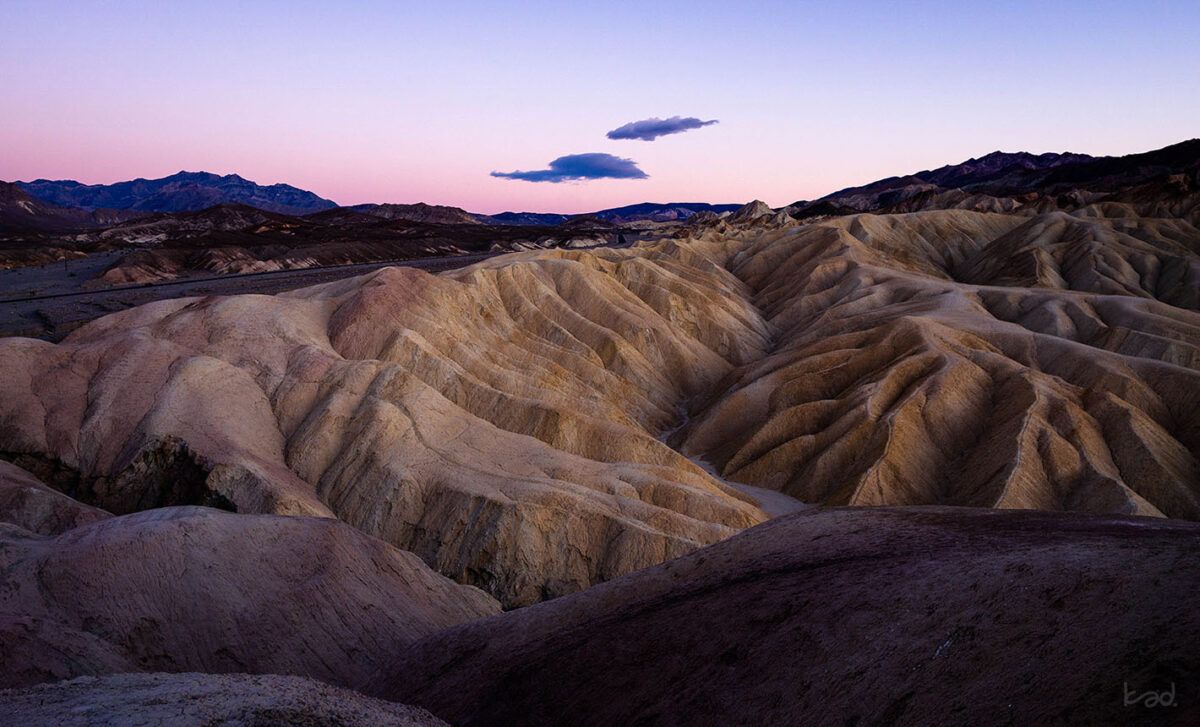
Did you know watermarks can be traced to the Middle Ages?
They began as metal wire patterns in paper molds – a technique implemented by Italian papermakers to prevent forgery. The first recorded use dates to 1282.
Since then, over the next 400-or-so years, watermarks evolved into quality control emblems for paper manufacturers, expressive marks for artists, and security features for government agencies.
By the 20th century, watermarks as we know it made their way into photography, and are still being used today.
Yet at the same time, they’re not.
If you look online, you’ll find many photographers placing watermarks on their work, and many photographers not using them at all. Which begs the question, do you really need watermarks in your photography?
There are a couple of reasons why you’d want to use watermarks: to show you own the photo, discourage others from stealing your photo, and to strengthen your brand.
On the flipside, watermarks cannot protect your work with absolute certainty. (If there’s a will, then there’s a way to crop out your watermark.) You don’t need a them to look like a pro. And well, they’re kinda distracting.
I’ve not found anything that claims, beyond doubt, that placing watermarks on your photos is better than not, and vice versa. So it all comes down to personal preference.
As for myself, I’ve never used them before, but I’ve been thinking about posting to IG more. And with that, comes worry over theft. (Reading lots of discussions on the topic probably didn’t help.) So I’ve decided to give watermarks a try.
If anything, watermarking might bring peace of mind. We’ll see how it goes.
Until next time,
K
